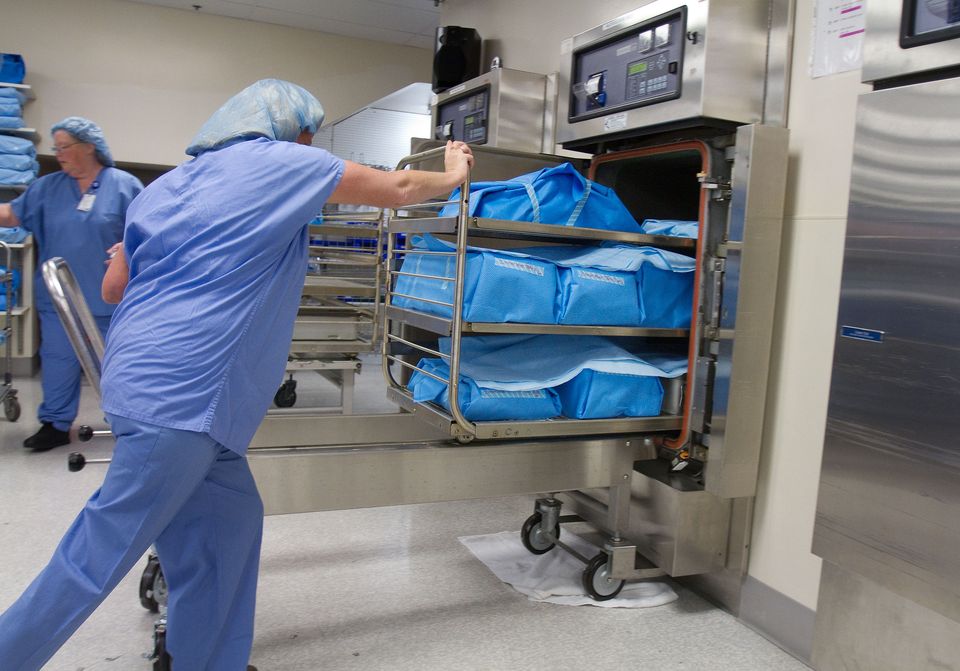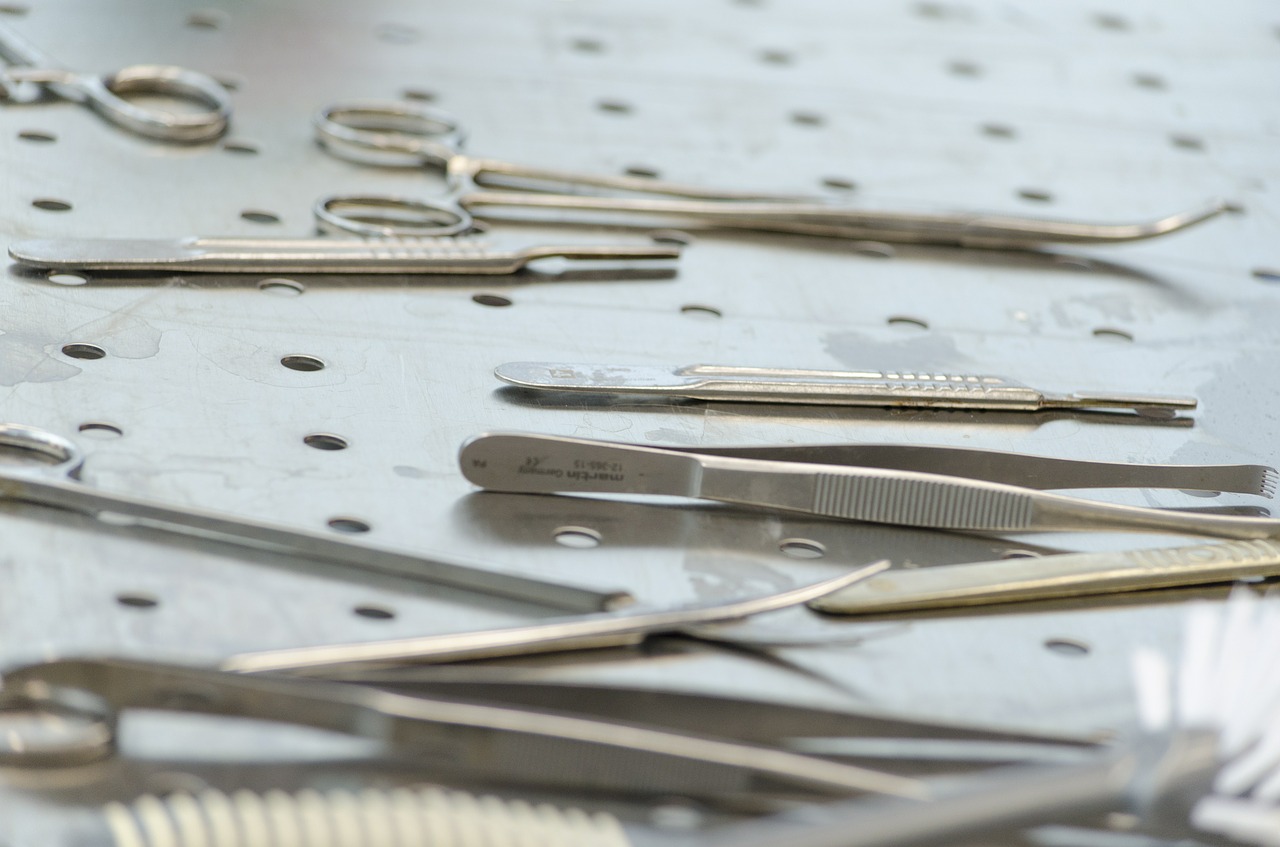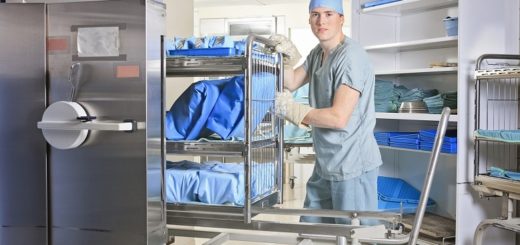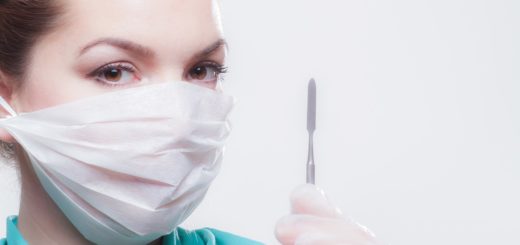Quality Assurance for CSSD Hospital Equipment
A technician who undergoes CSSD certification is trained to ensure that all medical instruments that enter the CSSD in hospital environments are clean and decontaminated from any bacterial spores.
- The sterile processing certification is intensive, and classes leading up to it contain various materials from the proper use of medical equipment right up to anatomy and physiology.
This is to ensure that the technician understands not only the process, but also the rationale behind the process.
However, like any department, a supervisor will be needed to ensure that the job is carried out well and in the most efficient manner possible.
This is where quality assurance and administrative monitoring comes in.
On the higher level, a quality monitor oversees the basic functions of the Sterile Processing department in hospital units:
Transport
The supervisor sees to it that all equipment are collected properly and in a timely manner, in such a way that it avoids spreading the contamination to other areas of the hospital.
This is done through the use of covered carts, containers, or plastic bags.
 Attire
Attire
Rules indicate that a technician who completes CSSD certification should wear protective clothing at work.
This includes a moisture-resistant scrub uniform, as well as shoe covers and gloves (rubber or plastic). The technician should also wear hair covering.
In the sterile processing certification, it is taught that these items not only protect against contamination when handling soiled instruments — they also protect against the splashes of cleaning agents, as well as against the dangers posed by contact with different types of sterilization agents.
Sorting
This process dictates that the handling of all contaminated items should be minimized as much as possible, to avoid getting the technician infected as well as to avoid the spread of infection in CSSD in hospital areas.
The sorting portion will also take care of removing from the pile any disposable sharps or other single-use items such as syringes.

Soaking/Washing
The CSSD in hospital areas contain a separate section for soaking/washing and sterilization.
The former is used to soften and remove the soil of different equipment, prior to packaging and sterilization.
The process can include different types of equipment.
Surgical instruments in the Philippines may go through different types of washing equipment such as ultrasonic cleaning and tunnel washers.
After this process, the technician should also inspect the items — the stiffness of the hinge, the sharpness of the edges, etc.
Sterilization
There are different types of sterilization — by steam (by far the most common), by chemicals, by microwaves, and by ionizing radiation.
The end goal of each is the same — to reduce the concentration of bacterial spores to a level that does not cause any harm.
During the sterilization process, the items are assembled and packaged before being exposed to the different types of sterilization agents.
During all of these steps, the quality assurance personnel will be using different types of indicators to ensure the proper completion of the tasks as well as to improve efficiency.
The following are the INDICATORS that supervisors use in CSSD in hospital environments:
-
Mechanical Indicators
This includes the use of such materials as thermometers, gauges, timers, and other devices that monitor the physical functions as prescribed during CSSD certification. There are test packs (utilizing the Bowie-Dick test) that ensure each sterilizer works as appropriate.
-
Chemical Indicators
This comes in a package, which also verifies the item’s exposure to the sterilization agents prescribed during the sterile processing certification. The indicator will be placed in the package, where the different types of sterilization agents may not easily penetrate. This is used to detect either sterilizer malfunction or the technician’s error in operating it.
-
Biological Indicators
The surest assurance that the different types of sterilization agents worked will be obtained through biological indicators. The indicator is essentially a preparation of live bacterial spores resistant to the agent, commonly supplied in a self-contained system. A control test will be performed in the sterilizers weekly.
The CSSD in hospital areas is a very important part of the healthcare framework.
Through the proper use and monitor of CSSD hospital equipment, one can be assured that the spread of bacterial infections are prevented.



Good day i am looking for an articles about saftey and quality in cssd .. thanks